MRI Use: Conditional to 7T
Condition: EDA100C-MRI Amplifier stays in the Control Room and is used with the MECMRI-TRANS filtered cable set and recommended MR leads/electrodes/transducers; tested to 7T.
Each EDA100C-MRI amplifier requires the following recommended electrode combination:
- MR-conditional Leads: 2 x LEAD108B 15 cm or LEAD108C 30 cm
- Radio-translucent Electrodes: 2 x EL509 dry electrodes
- Electrodermal Gel: GEL101
MRI Smart Amplifier Features
1) Less sensitivity to electrode and transducer lead placement
2) Improved gain selectability
3) No missing spectra in physiological signal frequency band
4) Minimizes computer-based real-time or post-processing signal processing
5) Cleaner data available as real-time analog output
MRI Smart Amplifiers incorporate advanced signal processing circuitry which removes spurious MRI artifact from the source physiological data. Signal processors are able to distinguish between physiological signal and MRI artifact as manifested by gradient switching during MRI sequences, such as Shim or EPI.
Because MRI-related transient artifact is removed at the source, the MRI version amplifier can be sampled at the same rate as during normal (non-MRI) physiological recording. In every aspect, data recording is easier and the final results are cleaner when using the MRI version amplifiers to record physiological data in the fMRI or MRI.
Usage Recommendations
When using GEL101 it is important that the gel has a chance to be absorbed and make good contact before recording begins. Accordingly:
- Apply GEL101 to the skin at the point of electrode contact and rub it in.
- Wait 5 minutes (minimum) before starting to record data.
Calibration
To set up AcqKnowledge to record skin conductance directly, perform the following:
Lower frequency response at 0.05 Hz
In the scaling window, set the input voltages so they map to the 0.05 Hz conductance ranges indicated by the sensitivity setting. For example if the EDA100C-MRI is set to a Gain of 5 µmho/V, then 0V will map to X µmhos and 1 V will map to (X+5) µmhos, where X is the mean conductance being recorded.
Gain Verification
To verify the Gain setting of the EDA100C-MRI:
- Calibrate AcqKnowledge as detailed above for lower frequency response at DC.
- Place the lower frequency response to DC.
- Set the Gain switch on the EDA100C-MRI to 5 µmho/V.
- Perform measurement with electrodes disconnected.
- AcqKnowledge should produce a reading of 0 µmho.
- Insulate a 100 kΩ resistor and place it from electrode pad to electrode pad (resistor must be insulated from fingers).
- Perform measurement with electrode-resistor setup.
- AcqKnowledge should produce a reading of 10 µmho.
Use BIOPAC Electrodermal Activety (EDA) hardware to record GSR, also known as Galvanic Skin Response (GSR) Data
Product Family
MODULAR CONSTRUCTION
Amplifiers snap together for easy system configuration and re-configuration.
Intuitive, Elegant AcqKnowledge Software
Powerful automated analysis. Instantly & easily view, measure, analyze, transform, and report data.
Powerful MP160 Data Acquisition and Analysis System
Flexible, proven modular data acquisition and analysis system for life science research.
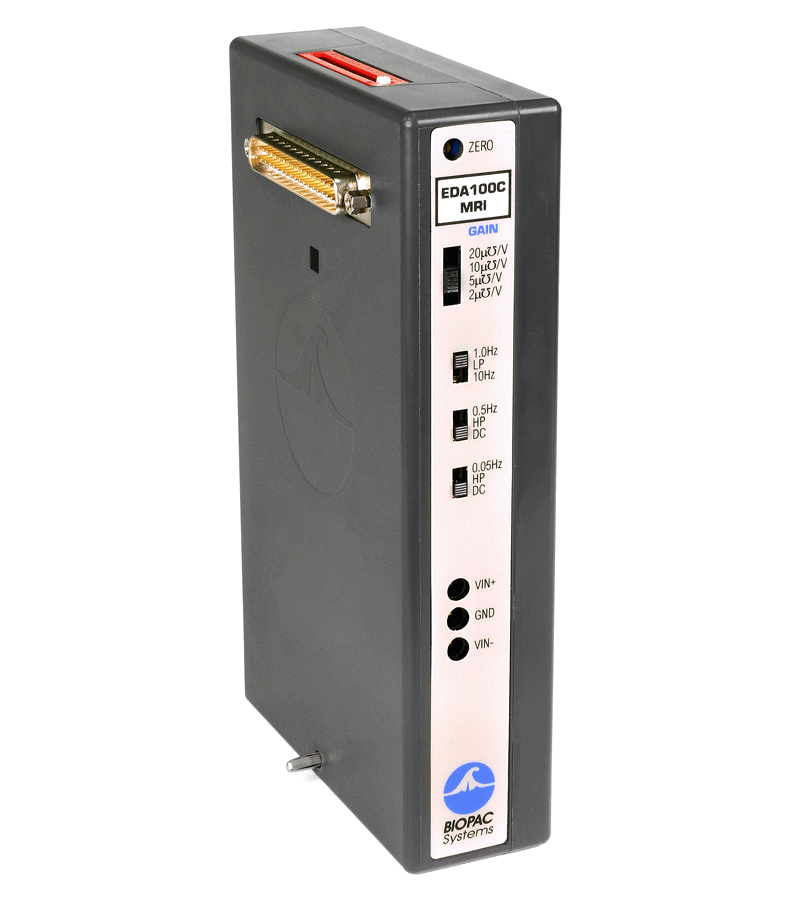


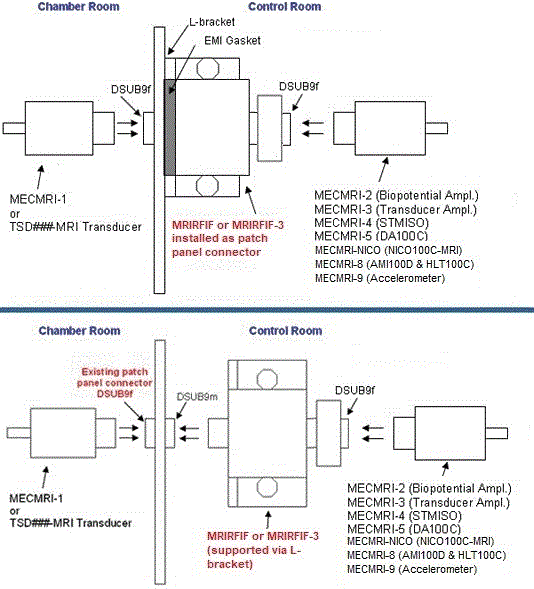


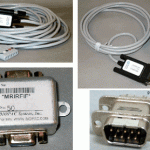
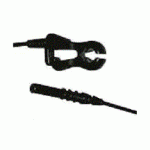
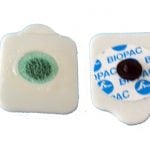
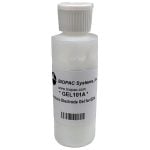
Stay Connected